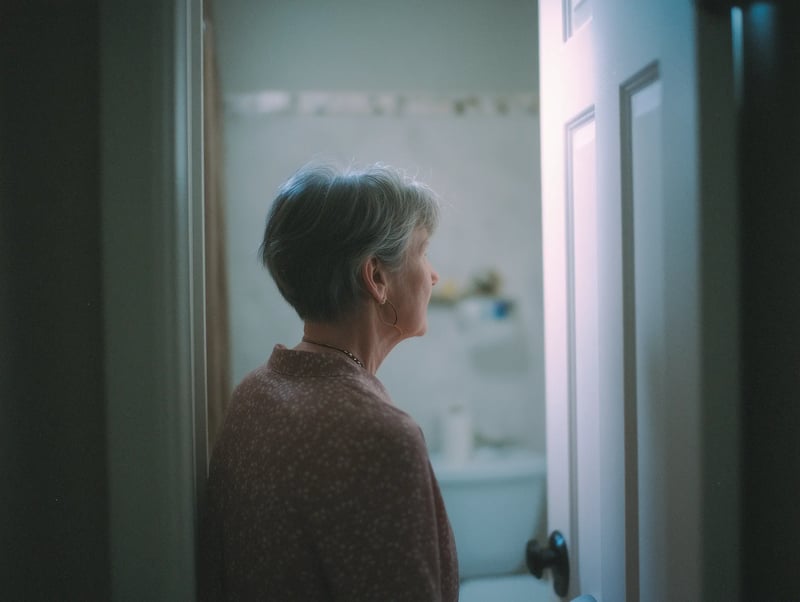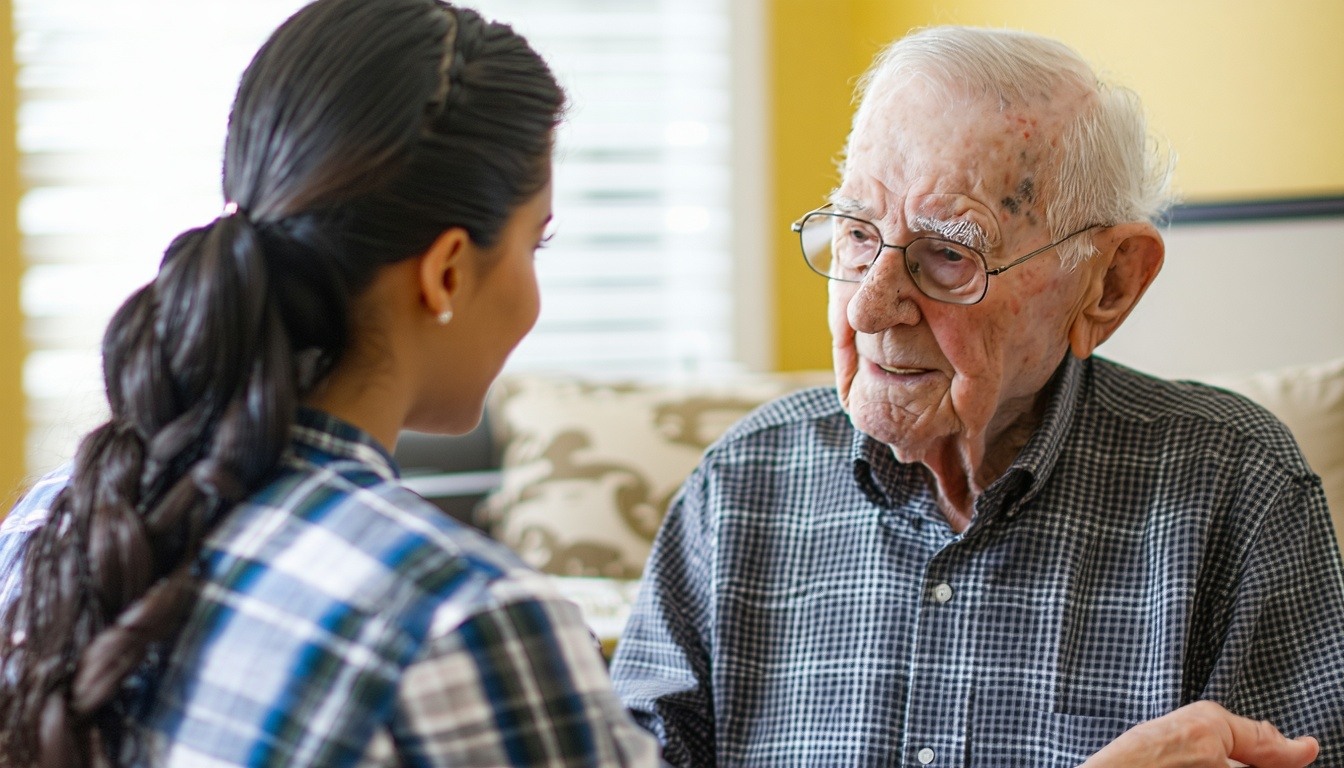Enhancing Homes with Medical Equipment for Veterans

Improving the quality of life for veterans through strategic home modifications and medical equipment.
Understanding Home Improvements for Veterans
For veterans who have served our country, the transition back to civilian life can come with unique challenges, especially for those with service-related injuries or disabilities. Home Improvements and Structural Alterations (HISA) grants are designed to help veterans modify their homes to better accommodate their needs, ensuring a safer and more accessible living environment.
These home modifications are not just about convenience; they are about enhancing the quality of life. From facilitating easier movement within the home to enabling the use of essential facilities, HISA grants provide critical support to veterans, helping them live more independently.
Key Medical Benefits of Home Alterations
The primary aim of HISA grants is to provide medical benefits that enhance a veteran’s day-to-day life. These benefits include modifications that allow for easier entrance to or exit from the primary residence, such as the installation of ramps or widened doorways. Additionally, the grants cover alterations that enable the use of essential lavatory and sanitary facilities, such as roll-in showers and accessible toilets.
Other medical benefits include adjustments that make kitchen and bathroom sinks or counters more accessible by lowering them, improving plumbing or electrical systems necessary for the installation of home medical equipment, and enhancing the entrance paths or driveways to facilitate smoother access to the home.
Essential Structural Alterations for Accessibility
HISA grants focus on making critical structural alterations that significantly improve accessibility for veterans. Some of the essential modifications include the installation of permanent ramps at entrances, widening doorways to accommodate wheelchairs, and reconfiguring spaces to eliminate barriers that impede mobility.
Other important alterations include the installation of roll-in showers, grab bars, and non-slip flooring in bathrooms. These changes not only enhance safety but also ensure that veterans can maintain their independence and dignity while performing daily activities.
What HISA Will Not Cover
While HISA grants provide substantial support for home modifications, there are certain items and projects that are not covered. These include walkways to exterior buildings, spas, hot tubs, or jacuzzis, exterior decking, and new construction. The focus of HISA is on modifying existing structures to improve accessibility and functionality, not on adding new recreational features or expanding the home.
Navigating Financial Support for Home Modifications
Navigating the financial support available through HISA grants can be straightforward with the right information. The HISA program provides up to $6,800 for veterans with service-connected conditions and up to $2,000 for those with non-service-connected conditions. These amounts are specifically allocated for approved modifications that meet the criteria outlined by the program.
To apply for a HISA grant, veterans need to submit a prescription from a VA physician detailing the specific medical condition and the required home modifications. Along with the prescription, they must provide a detailed cost estimate from a licensed contractor. By understanding these steps and the available financial support, veterans can make informed decisions about the modifications needed to enhance their living environments.
Did you know, the VA offers other pensions to Veterans and their surviving spouses to help cover the cost of care and living expenses. See if you qualify for the Aid and Attendance pension by taking our brief questionnaire - we'll be able to tell you if you qualify for up to $2,795 each month in tax-free benefits.

 By
By


